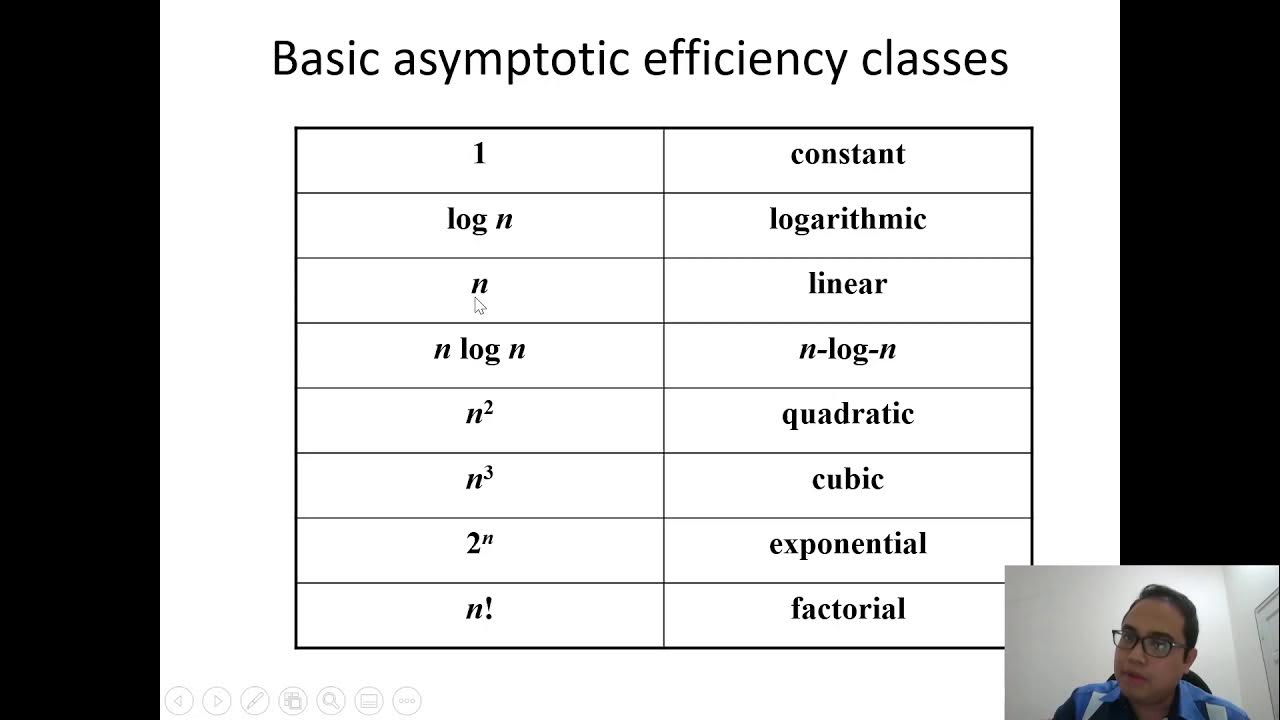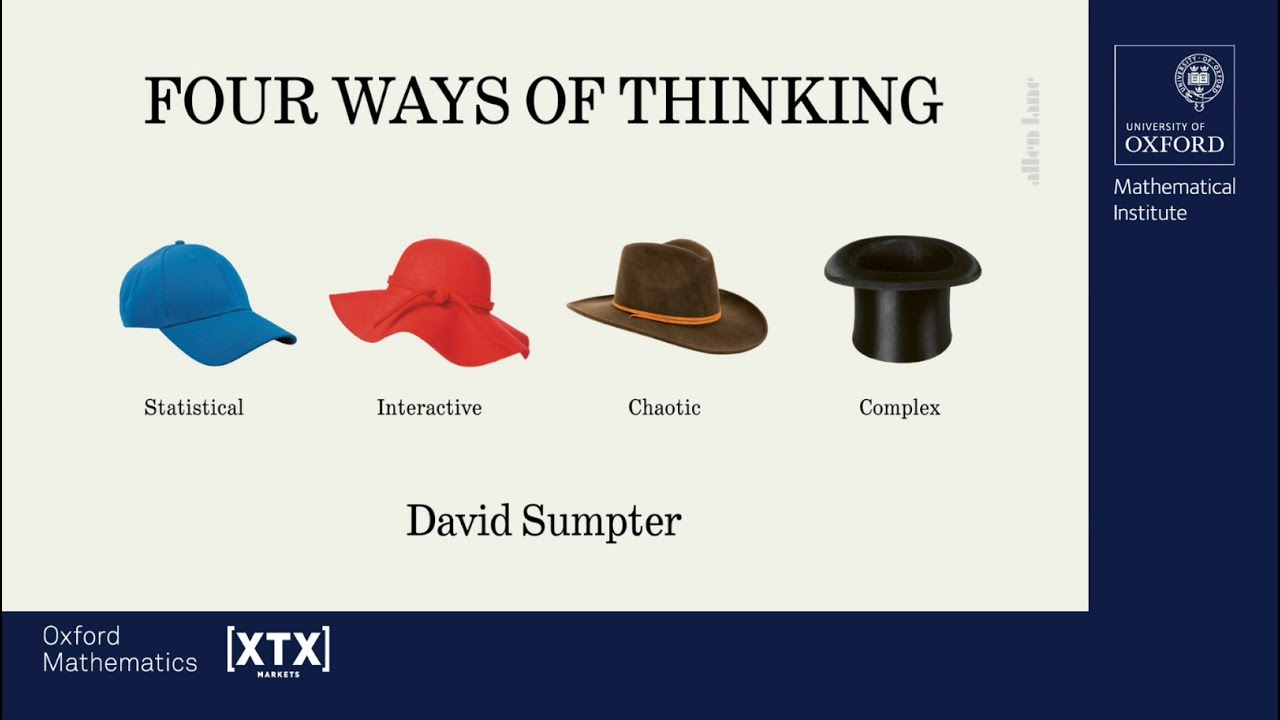Alan Kay: A powerful idea about teaching ideas
Summary
TLDRThis engaging talk explores the concepts of simplicity and complexity in education, science, and perception. It touches on how our brains misinterpret images and how children can grasp complex ideas when taught creatively. The speaker highlights examples of learning from mathematics to science, using hands-on approaches like computer simulations to illustrate abstract concepts. With insights from famous thinkers like Einstein and Shakespeare, the talk emphasizes that reality is a subjective hallucination shaped by our minds, and that true understanding requires shifting perspectives and challenging conventional education methods.
Takeaways
- 😀 Understanding simplicity and complexity depends on perspective; what seems simple to one might be complex to another.
- 🐶 Animals, like the speaker's dog Watson, may enjoy life simply, yet might miss deeper meanings, much like humans can be fooled in theater or magic shows.
- 🧠 Human perception is flawed, as we often perceive objects not as they are, but based on how our brains interpret them.
- 📏 Artists and scientists use measurement and precise observation to counter the brain's flawed perception, as highlighted by comparing two seemingly different table sizes.
- 🎨 The ability to see and understand the world has evolved through inventions like telescopes and microscopes, which expanded human knowledge by offering new perspectives.
- 🧩 Simplicity can reveal complexity; even simple portrayals, like Hans Rosling's Gapminder, convey profound data accurately without oversimplifying.
- 🔬 Visual representations, like molecular biology simulations, can sometimes oversimplify and fail to teach core scientific principles like molecular movement.
- 📐 Simplified mathematical proofs, such as Pythagoras' theorem, should be taught before diving into more complex versions to aid better understanding.
- 👶 Children can grasp complex ideas when taught creatively, as seen in a classroom where six-year-olds derived mathematical progressions intuitively.
- 💻 Technology, like educational software on low-cost laptops, can help children grasp fundamental concepts like variables and acceleration through interactive learning.
Q & A
What is the speaker's view on simplicity in relation to TED?
-The speaker believes that understanding complex ideas can be presented in a simple way, as TED does, but notes that simplicity does not always capture the full complexity of a topic.
How does the speaker compare different perspectives on simplicity?
-The speaker contrasts how a dog (like Watson) might find simplicity joyful but miss the point, while a sophisticated speaker like Hans Rosling finds complexity in simplicity, using his sword-swallowing act as an example of conveying complex ideas in an engaging way.
What role does illusion play in understanding the world, according to the speaker?
-The speaker emphasizes that humans are often fooled by illusions, both in theater and in life. We enjoy being deceived in entertainment, but this tendency complicates our ability to accurately perceive reality.
What insight does the speaker provide about how the brain perceives images?
-The speaker references Betty Edwards' teaching on how the brain perceives images by converting them into objects, which can distort what we actually see. This demonstrates a flawed perception that artists overcome through careful measurement.
What is the significance of the Talmudic quote 'We see things not as they are, but as we are'?
-The speaker uses this quote to highlight the idea that our perception of reality is shaped by our own biases and perspectives, suggesting that reality itself might be more of a hallucination influenced by our internal states.
How does the speaker explain the use of 'brainlets' in human progress?
-The speaker refers to 'brainlets' as powerful ideas and tools humans have invented, such as telescopes and microscopes, to help us perceive the world more accurately, driving significant progress in the last 400 years.
What does the speaker say about the complexity in teaching science?
-The speaker criticizes simplistic portrayals of scientific concepts, like the molecular biology simulation, for failing to convey the chaotic, high-speed interactions between molecules, which are crucial for understanding cell functions.
How does the speaker use an example from kindergarten math to demonstrate a key teaching approach?
-The speaker discusses a first-grade teacher who encouraged her students to discover mathematical patterns through creative projects, leading them to understand complex concepts like square numbers through hands-on activities.
What does the speaker suggest about how technology can aid in learning?
-The speaker demonstrates how using interactive tools, such as drawing a car in educational software, can help children grasp difficult concepts like variables and acceleration through practical experimentation.
What final message does the speaker leave regarding education and children?
-The speaker quotes Marshall McLuhan and Einstein to emphasize that children represent the future, and that while technology is advancing, there is a critical need for mentorship to ensure deep, meaningful education for future generations.
Outlines

هذا القسم متوفر فقط للمشتركين. يرجى الترقية للوصول إلى هذه الميزة.
قم بالترقية الآنMindmap

هذا القسم متوفر فقط للمشتركين. يرجى الترقية للوصول إلى هذه الميزة.
قم بالترقية الآنKeywords

هذا القسم متوفر فقط للمشتركين. يرجى الترقية للوصول إلى هذه الميزة.
قم بالترقية الآنHighlights

هذا القسم متوفر فقط للمشتركين. يرجى الترقية للوصول إلى هذه الميزة.
قم بالترقية الآنTranscripts

هذا القسم متوفر فقط للمشتركين. يرجى الترقية للوصول إلى هذه الميزة.
قم بالترقية الآنتصفح المزيد من مقاطع الفيديو ذات الصلة

Alberto Caeiro

CSC645 - Chapter 1 (Continued) - Fundamentals of Algorithm Analysis

Life lessons from an ad man | Rory Sutherland

Great leadership comes down to only two rules | Peter Anderton | TEDxDerby

The Influence of Perception In Market Research | Samanta Strigaro | TEDxGoldeyBeacomCollege

Four Ways of Thinking: Statistical, Interactive, Chaotic and Complex - David Sumpter
5.0 / 5 (0 votes)
